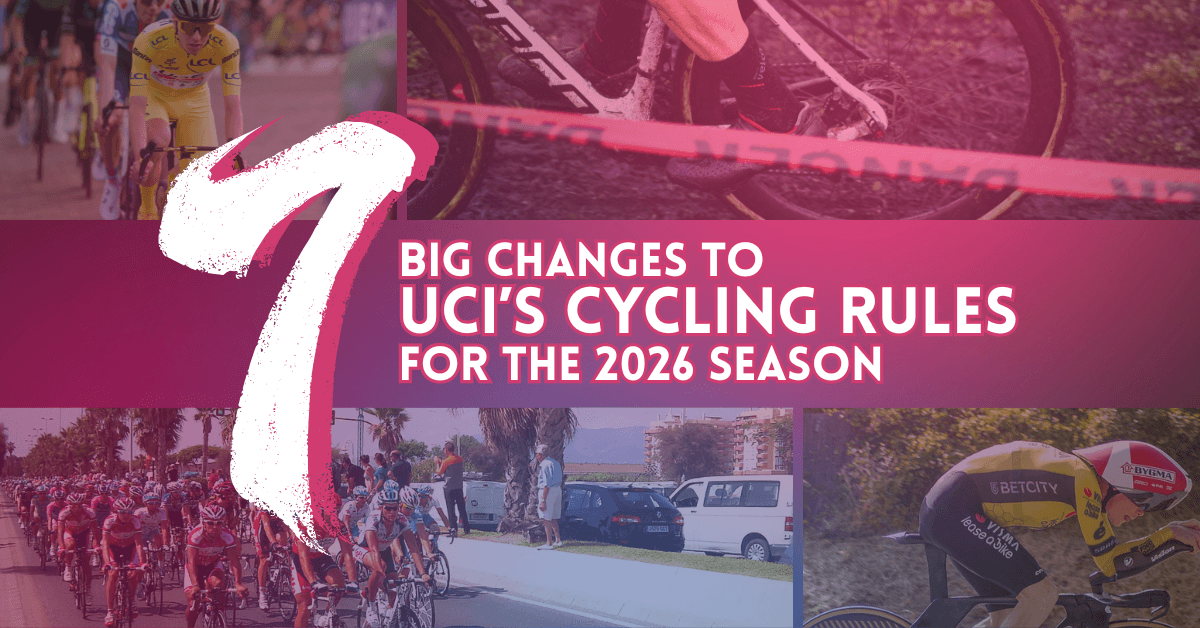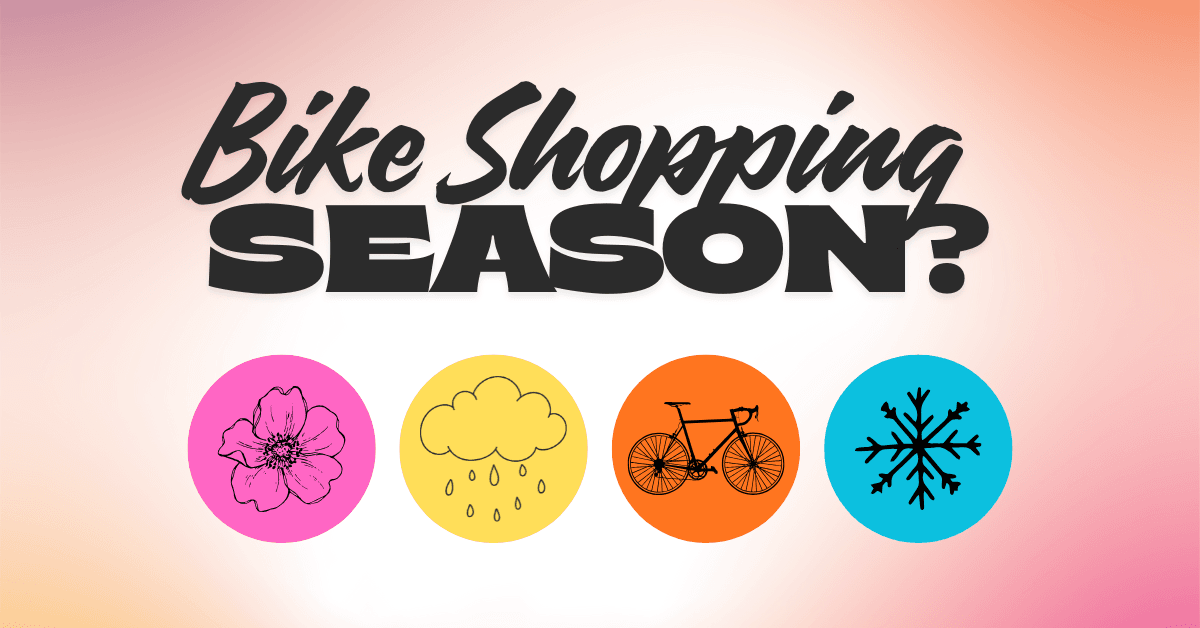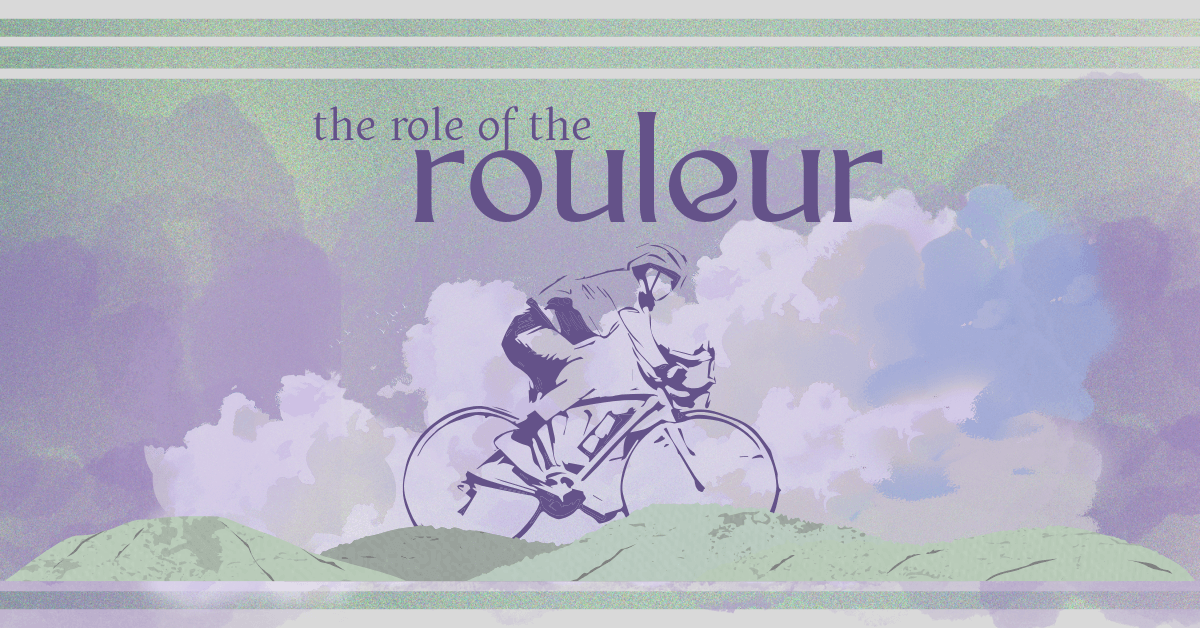Is there really anything to the idea of “marginal gains?” Actually, yes. While many of pro cycling’s innovations over the years may seem like common sense today, they started out as almost superstitions… that grew to seem part of a winning formula. But which “marginal gains” actually make a difference?

Let’s take a look at some strategies implemented by the pros that actually help to win big races like the Tour de France… and whether amateur riders can use them in some way, too.
What exactly are “marginal gains?”
In the world of pro racing, every little bit counts… at least in the modern sport.
The concept of “marginal gains” was popularized by Dave Brailsford, the former performance coach of Team Sky, as well as the British national cycling team. His philosophy was relatively simple: let’s identify every possible area for improvement, no matter how small, to make a 1% gain in each.
Does this help? The idea is that, when aggregated, these tiny improvements would result in a big cumulative advantage. The marginal gains approach revolutionized the way many coaches and athletes thought about a sport that, for decades, had relied on traditional, and often less scientific, approaches to training and performance.
And did it work for Team Sky? You bet. By focusing on everything from sleep to socks, Brailsford’s pro and national teams both went on to achieve success, including winning multiple Grand Tours.
Embed from Getty ImagesBut not all marginal gains are created equal.
Of course, not every experiment yields a positive outcome.
The pursuit of marginal gains has historically lead to some ideas that look good on paper, but fail pretty miserably in practice.
For instance, some teams (including Team Sky) experimented with kit made of textured fabrics similar to a golf ball. While the hope was to reduce drag, testing showed that these designs often performed worse than a smooth fabric. Similarly, some teams and riders go too far into aerodynamics, adopting such extreme positions on the bike that they compromise their ability to produce power.
Read more: Debunking 15 Common Mix-Ups About Pro Cycling
But the underlying philosophy of marginal gains is also about learning from these failures and abandoning what doesn’t work. That’s true for both the pros and amateurs, who might copy what the “experts” do and find that some of it works for them… and some of it feels useless.
So which “marginal gains” are actually worth their salt? Let’s take a look at 7 examples that have worked their way into the top levels of the sport, and whether everyday folks can (or should) give them a try.
7 “Marginal Gains” That Can Actually Help Pro Riders to Win:
1. The wind tunnel.
Okay, so the wind tunnel seems pretty important if you’ve ever watched any behind-the-scenes training documentary. But did you know that riders didn’t always use this to evaluate their aerodynamics?
Why does wind tunnel testing help so much? In professional cycling, every watt saved counts. Thus, teams spend hours in wind tunnels with each rider, meticulously adjusting positioning, helmets, and bike components to reduce the drag. High-tech advances, such as computer software to evaluates drag, can be used by the top teams to make sure their riders are as aero as they can be.
Even the evolution of kit over time points to how this type of testing has made an impact on the sport. Modern time trialists wear custom-tailored skin suits, teardrop-shaped helmets, and shave their legs to create the smoothest possible surface across their body.
While a wind tunnel is out of reach for most amateurs, you can still embrace aerodynamics in your own way. Choose form-fitting clothing and tidy up your bike by removing unnecessary items, like bulky saddle bags. You can also consider getting a more aerodynamic helmet. These aspects might not make much difference, but you might feel a little faster — and that’s part of the fun, too.
Read more: How Tight Should a Cycling Jersey Fit?
2. Nutrition and hydration.
Here’s one inalterable fact: pro cyclists eat weird stuff. A diet of gels and a bazillion carbs an hour isn’t realistic for the average joe.
But pros in the modern era have a diet that is carefully curated to optimize performance… and is totally backed up by the science. Calories and macronutrients are measured and timed, especially on the bike. Today’s riders use specific drinks and gels designed for rapid absorption, ensuring their energy levels never dip.
Embed from Getty ImagesThe specialized eating and drinking continues outside of the races, as well. During a Grand Tour, teams also have chefs who prepare meals tailored to each specific rider’s needs. And pros are known to keep track of their diet carefully even during the off-season. Visma Lease-a-Bike’s Foodcoach platform, which is promoted by the riders and team, is a good example of how this looks from the outside.
For amateurs, it’s a great idea to focus on proper on-bike fueling. Don’t “bonk” on a long ride: carry some easy-to-digest snacks like energy bars or gels, and make sure you’re drinking enough water. Try a simple sports drink as a huge upgrade from just plain water to make sure you get electrolytes, too.
Read more: 5 Refreshing and Easy Cycling Drink Recipes
3. Optimized sleep and recovery.
What you do off the bike is just as important as what you do on it. The pros are very aware of this, right down to their sleep schedules.
Many teams travel with their own mattresses, pillows, and bedding to ensure their riders get consistent and high-quality sleep. Post-ride recovery is also down to a science, with use of compression gear and massage to reduce muscle soreness and promote healing after a race.
Amateurs looking to build on this idea should prioritize getting a good night’s sleep before and after a ride. Aim for 7-8 hours a night, especially after a day out on the bike. And don’t skip your rest days… they’re important for your body. If you want to dip your toe into the world of massage, consider something like a foam roller to work out any tight muscles after riding.
4. Bike maintenance and component selection.
A pro team’s mechanic can really do everything, and they’re extremely good at their jobs. They wax chains with the best quality products for reduced friction, use ceramic bearings in wheels and bottom brackets, and ensure every bolt is perfectly torqued before a race.
But they also select the components based on the specific course, from a lighter-weight chain for a hilly stage to a more aero wheelset for a flat time trial.
All of these improvements, from top to bottom of the bike, are marginal gains in themselves. As bikes have gotten better, more lightweight and more advanced with time, close attention to detail has ensured that every pro rider is really right at the cutting edge of what’s mechanically possible.
If you’re still riding an old bike with a Claris groupset, don’t worry. The biggest gains here can come from basic maintenance! A clean and lubricated chain is much, much more efficient than a dirty one. Regularly check on your tire pressure and make sure your brakes are adjusted properly. These simple habits make a big difference in your bike’s performance and safety.
Embed from Getty Images5. Psychological preparation.
The mind is a powerful tool. It can be a benefit or even a downfall for a pro rider. Struggling with stress, pressure, or negative thoughts makes it difficult to put in top performances and can lead to burnout.
To this end, teams employ sports psychologists to help riders manage stress and overcome any mental barriers. They may teach visualization techniques: before a big race, a rider might mentally rehearse a climb or a sprint finish hundreds of times. This practice builds confidence and prepares both the body and mind for the effort ahead.
Do you want to try some visualization yourself? It may be to your advantage. If you have a challenging ride planned, longer or more difficult than you’ve done in the past, you can picture yourself completing it successfully. Beyond that, think of setting small, achievable goals for your training or progression on the bike to encourage yourself.
Read more: When Are You a “Real Cyclist?”
6. Layering and temperature control.
Legwarmers, jackets, gilets… there’s no end to all the temp-related gear the pros use. But it’s actually very important, especially at the more extreme ends of climate.
Maintaining an optimal body temperature is ideal for performance. The pros use sophisticated clothing systems and even specialized fabrics to stay comfortable in a wide range of conditions. For example, their base layers wick away moisture, and vests and arm warmers can block the wind as well as the cold. Riders can put on or take off gear as the race progresses.
Embed from Getty ImagesThere’s also heat to deal with! Riders will wear ice vests at the start or finish of hot races, and will even use ice socks supplied by the team car during the race itself.
What about for the amateurs? It’s really as simple as learning to layer. You may not have a team car to bring you an ice bag, but don’t overdress or underdress… just take a look at the weather forecast before you head out. Looking to invest in weather-specific kit? A moisture-wicking base layer is a good choice, and a lightweight, packable jacket might save a ride if the weather turns unexpectedly.
Read more: Hot Hot Hot! How Do Pro Cyclists Stay Cool?
7. Strategy and race logistics.
I know what you’re thinking: it’s really obvious to approach races with a strategy, and this doesn’t seem like a “marginal gain” if everyone is doing it. But pro teams in the modern era have a huge number of tools and resources at their disposal for advance planning, and all forms of preparation like this are actually opportunities for “marginal gains.”
Sports directors and even riders themselves will meticulously scout every race route. They analyze the climbs, descents, and wind direction. Data can be used to plan when a rider should eat or drink, where to attack, and how to position in the peloton. Everything from the placement of spare bottles on the bike to the timing of a rider’s bathroom break is planned out!
Is this worth trying yourself? Sure! You can plan your routes in advance. Use an app (even one as simple as Google Maps) to map out your ride. Before you head out, be aware of the weather or anything else that may be happening along the road, like a bike lane closure or something. If you’re riding with a group, you can also communicate with each other about where you will ride and the difficulty level. This helps to make sure everyone enjoys the ride and finishes strong.
Embed from Getty ImagesWhat do you think? Are you interested in trying any of these “marginal gains” for your own rides? Or which are you already using? Let us know in the comments or on social media! ★










Leave a Reply